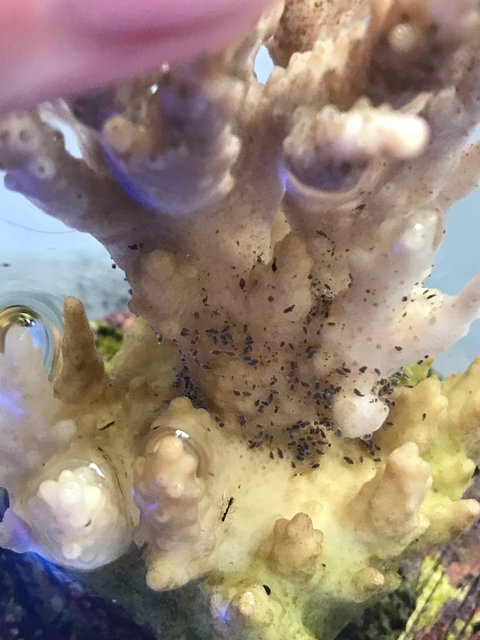Well there are some reports that the newer “proprietary formula” is no longer the interceptor medication. I usually just bathe my new additions in interceptor for 12-24 hours and have had good success with that but wanted something that doesn’t require a prescription from a vet.
Hmmm.. that's good to know and also unfortunate to hear as well. I personally dont have the time to dip anything for 6 hours, so my method is a cutting of the base of the coral. Dip in CoralRX for a minute or two while carefully observing. Then I mount on a new frag plug and I throw it into my LPS tank. Once the coral has fully fully fully encrusted on to the plug, I dip it once again and then move it to my SPS tank.. obviously not everyone has a QT or second tank, but I think QT combined with cutting off the bases is the only real way to prevent BB and AEFW.. Its a shame I wasn't so careful before I had my black bug infestation, used to simply dip and mount... Cutting the base off is probably more important than the dip itself..but combing the dip, the fresh plug, and QT is probaly as safe as its going to get.




















